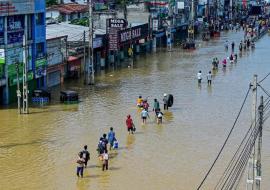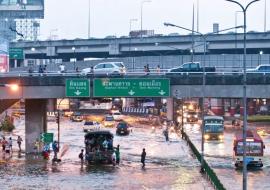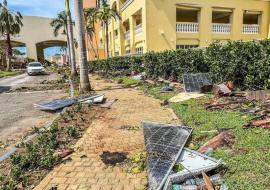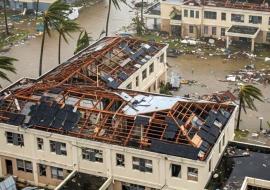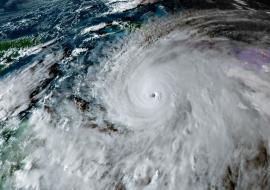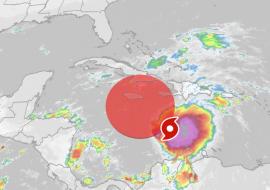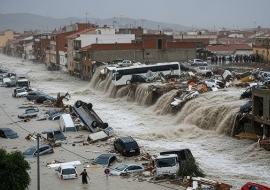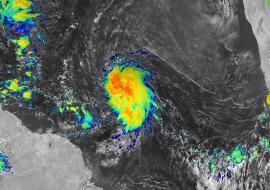Jamaica Reels from Hurricane Melissa; Tourism Infrastructure Severely Damaged
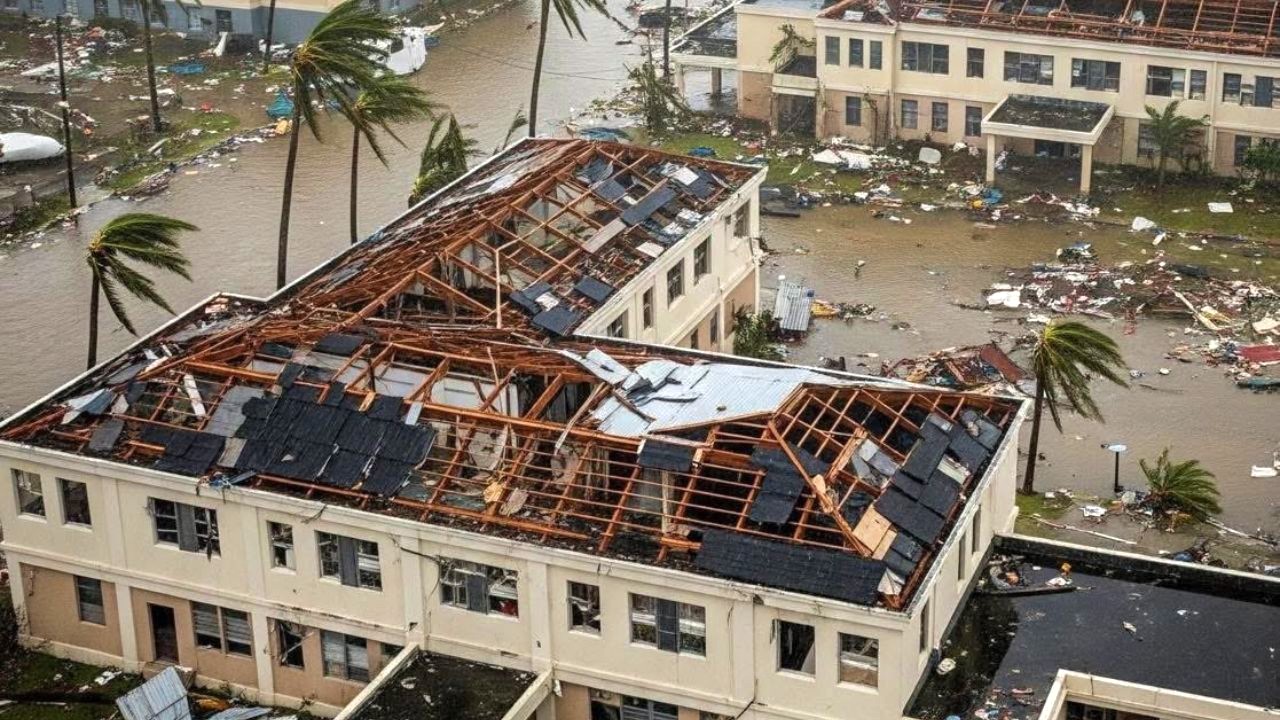
Jamaica is counting the cost after Hurricane Melissa, the most powerful storm to strike the island in decades, slammed into its northern coast, crippling vital tourism infrastructure and halting international travel. What is usually the height of the tourism season has turned into a massive emergency response operation. Damaged airports, flooded cruise terminals, blocked highways and affected resorts now place the country’s main economic engine in a state of uncertainty.
The country’s two main gateways — the Sangster International Airport in Montego Bay and the Norman Manley International Airport in Kingston — were forced to shut down ahead of the storm. Both facilities suffered structural damage, flooded tarmacs and collapsed perimeter lighting. Technical crews are inspecting the runways after debris and heavy equipment were scattered by intense winds. The shutdown, combined with widespread outages of electrical power, affected air traffic control systems and delayed reopening for commercial flights.
The blow to the cruise segment was equally severe. The cruise terminals in Montego Bay, Falmouth and Ocho Ríos sustained significant flooding and damage to passenger walkways, docks and mooring equipment. Several major cruise lines diverted ships to alternate Caribbean ports. The ripple effect is immediate: no cruise arrivals means no tour sales, no port fees, and no income for local guides, vendors and transport operators who rely heavily on this activity.
Along the northern coast — home to the majority of the island’s resorts and all-inclusive properties — hotels reported shattered windows, damaged roofs, uprooted landscaping and flooding of ground-level facilities. While some properties switched to generators, limited access to clean water, fuel and supplies is delaying reopening. Several resorts are accommodating guests who were unable to leave before the storm, operating at minimal capacity while awaiting repairs.
The situation on the roads further complicates recovery. Key roadways connecting the airport and the hotel corridors are blocked by fallen trees, landslides and collapsed drainage systems. In certain sections, flooding washed away parts of the pavement entirely, isolating communities and slowing the arrival of emergency crews. Authorities have prioritized clearing the tourism corridors, but warned that full access may take weeks.
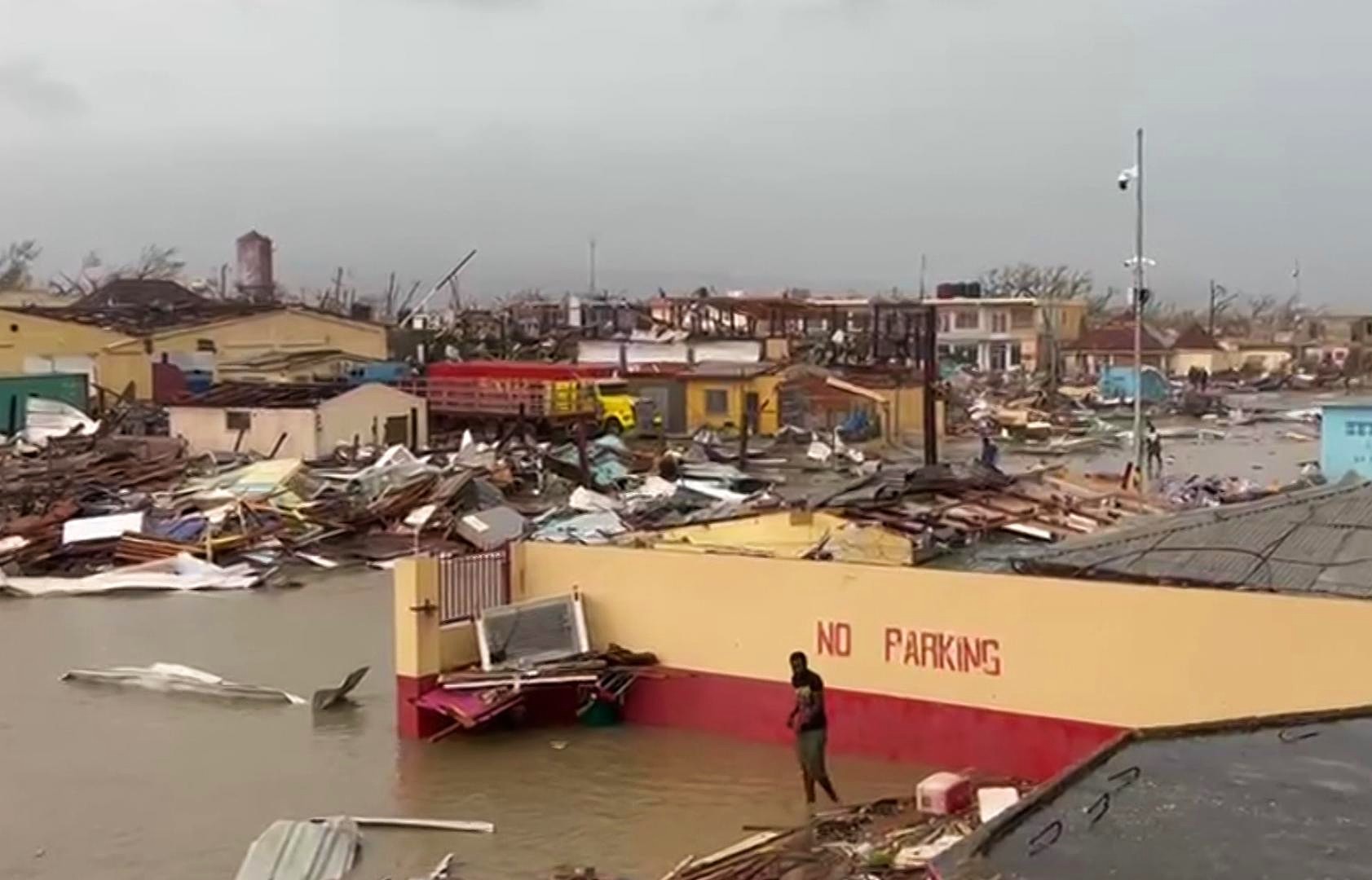
Travel disruptions are widespread. Major airlines canceled dozens of flights, while ports suspended arrivals indefinitely. Thousands of passengers remain stranded or have had to reschedule their vacations. The aviation and cruise standstill has resulted in a sudden drop in hotel occupancy, a spike in refund requests and mounting losses for local tourism operators. For small businesses — restaurants, tour guides, craft markets and taxi drivers — the halt in the tourism flow means an immediate loss of income.
Over the coming weeks, Jamaica will face a two-stage challenge. First, restoring air and sea connectivity by repairing airport and port infrastructure. Second, determining the full scale of structural damage to its tourism infrastructure and accelerating repairs to hotels and roadways. In the medium and long term, the island will need to invest heavily in climate resilience, reinforcing coastal structures, elevating critical power systems, improving drainage and reviewing building codes in vulnerable coastal zones.
Tourism is not only Jamaica’s main source of foreign currency — it sustains entire communities. The devastation left by Hurricane Melissa is more than an operational disruption; it is a reminder of how exposed the Caribbean remains to extreme climate events. The path ahead is clear: swift reconstruction, financial support for affected businesses, and future-proofing infrastructure to ensure that when the next storm comes, Jamaica is stronger, safer and better prepared.







